Making Camping More Affordable: Strategies and Solutions
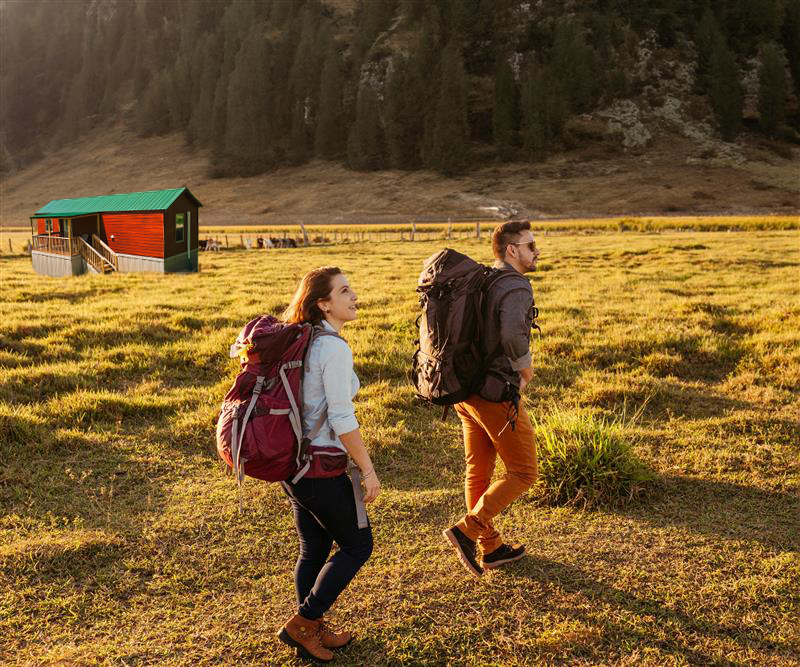
Camping is widely perceived as a wallet-friendly way to travel – 72% of campers say it’s the most cost-effective option, and that affordability narrative is a big reason outdoor stays continue to grow in popularity (KOA, 2025). Yet cost isn’t the whole story: participation still reflects socio-economic gaps, with income strongly shaping who gets outside.
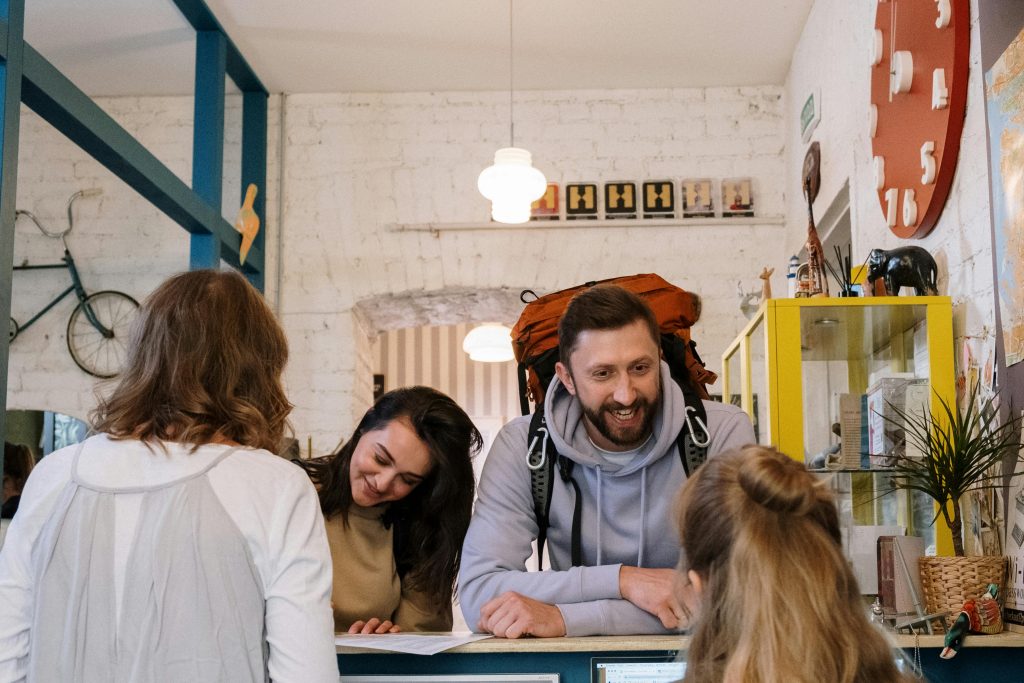
National participation data show clear differences by household income across outdoor activities (including camping), underscoring that lower-income families face greater barriers tied to gear, fees, and travel costs (Outdoor Industry Association, 2023). Fees and related costs disproportionately deter low-income travelers, who often travel farther to avoid paid settings – evidence that price sensitivity continues to limit access (Lamborn et al., 2017).
The Financial Pain Points
Camping participation is broad across genders and ethnic backgrounds, but participation drops with age (only 22% among people 65+) and is higher among higher-income households (CRR Hospitality, 2024). The 2025 KOA report mentioned that financial constraints are the most cited reasons for not camping more often. The report found that a staggering 43% of campers and 49% of all leisure travelers feel they cannot afford to take the number or type of trips they would truly like to take.
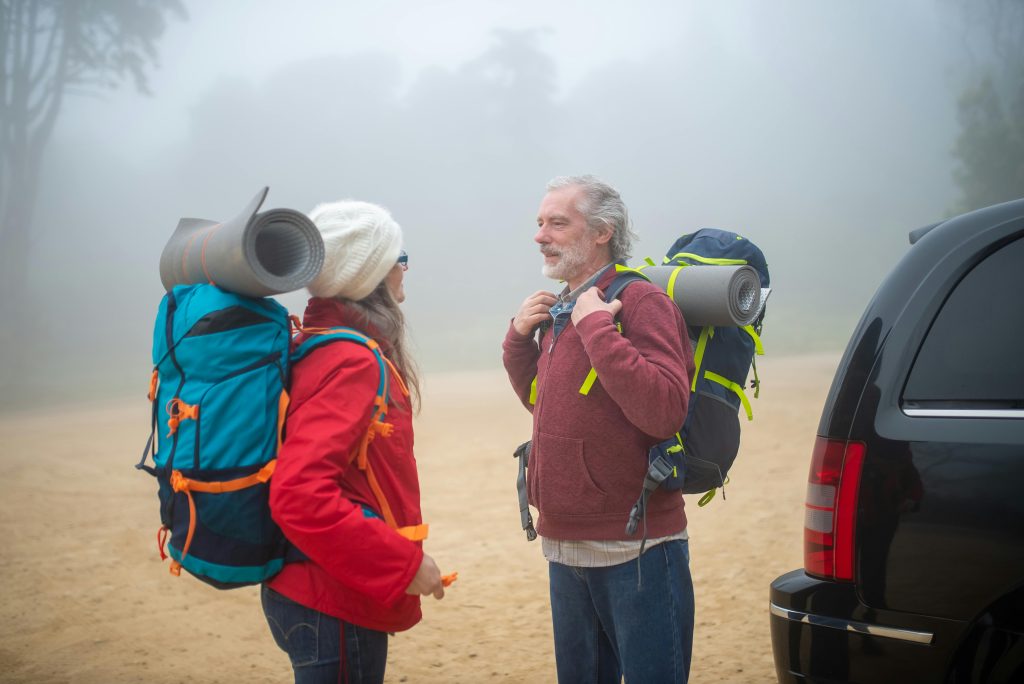
Beyond trip expenses, the cost of equipment is another major hurdle. The same report indicates that 28% of campers and 23% of leisure travelers cannot afford to buy the gear needed for the outdoor experiences they desire (KOA, 2025). That means price and gear are true gatekeepers to growth.
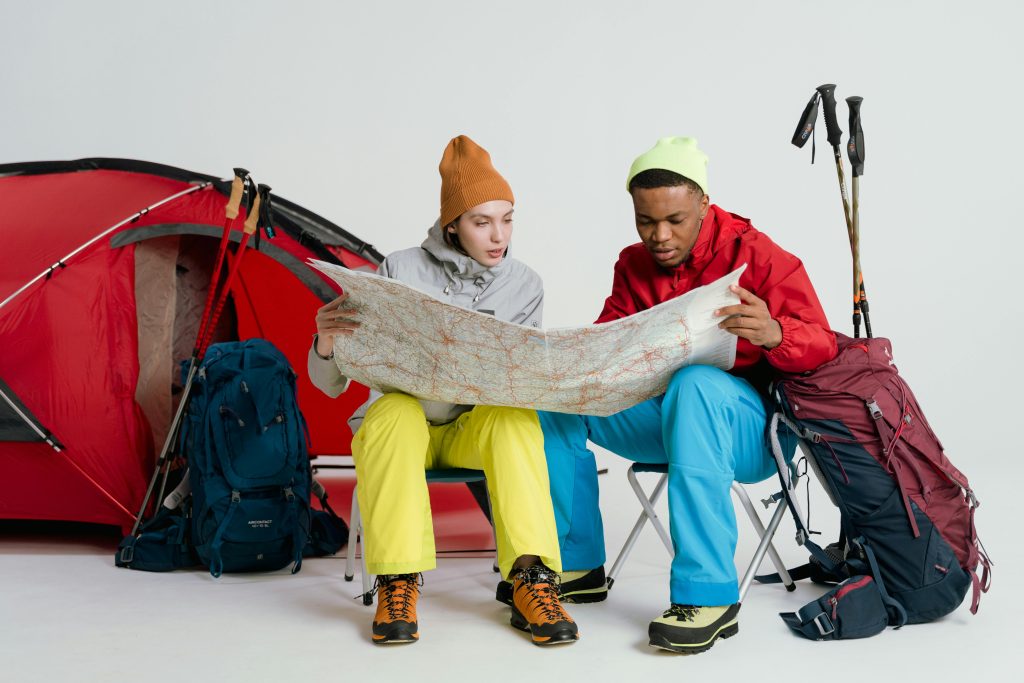
Why Affordability Matters
CRR Hospitality’s demographic analysis adds useful context: that camping participation is significantly higher among households with higher incomes. A striking 60% of campers come from households earning $75,000 or more annually, while only 39% of campers belong to households with an income below $50,000 per year (CRR Hospitality, 2024).
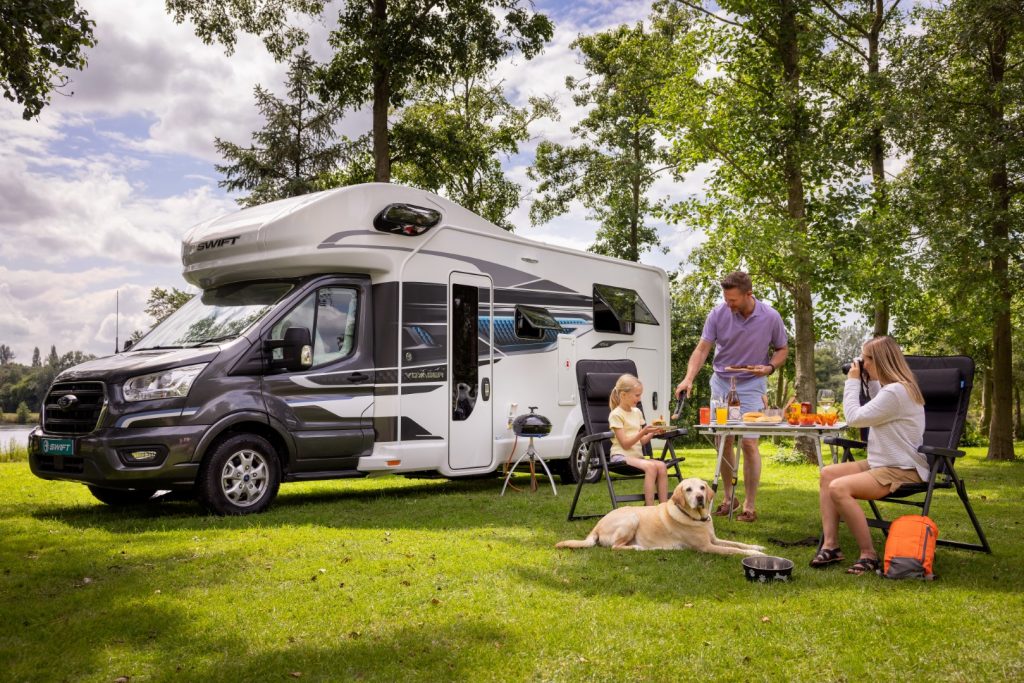
For business owners and operators, that’s a call to design offerings that welcome budget-minded guests without diluting experience, as hundreds of thousands of potential customers wait for a more affordable way to enjoy the outdoors.
What this Means for your Business
- Trip cost is elastic. Lowering the marginal cost of “one more night” or “one more trip” increases stay frequency – especially for families and first-timers.
- Gear is the biggest hidden admission fee. Reduce “startup costs,” and you unlock whole segments (students, young families, retirees trying camping again etc.).
- Older guests want access, not austerity. Keep prices sensible while adding low-cost comfort and accessibility upgrades to extend seasonality and loyalty (KOA, 2025).
From Barrier to Business Opportunity: How Your Campground Can Help
Thoughtfully planning and managing your offerings can lower these financial barriers, creating a more inclusive, profitable, and community-focused destination.
Here are actionable strategies to make camping more affordable at your campground:
1. Offer Diverse and Affordable Accommodation Tiers: The biggest financial leap for many is the commitment to an RV or a full set of high-quality tenting gear. Providing an alternative that bridges this gap is perhaps the most effective way to address the affordability issue. This is where offering permanent, hard-sided accommodation like modern cabins and cottages becomes a powerful asset.
You can expand your affordable site mix by offering:
Hiker/Biker Shared Bunker: Offer bunkhouse accommodations with curtains for privacy (for each bunk bed), with shared amenities at 25–35% lower ADR to attract budget travelers.
No-Hookup Nature Loops: Low-infrastructure loops with great ambiance (dark skies, quiet hours) as an entry-price tier.
2. Implement On-Site Gear Rentals: The high cost of tents, sleeping bags, and cooking equipment stops many would-be campers before they even start. Partnering with a local outfitter to offer on-site gear rentals can be a game-changer (Bolson, 2025). An even more integrated approach is to create your own “Gear Library,” allowing guests to rent essential items directly from you. This adds a new revenue stream and makes a spontaneous camping trip possible for novices.
3. Create Entry-Level Packages: Attract families and first-time campers with bundled deals. Offer an “Intro to Camping” weekend package that includes a reserved site, rented gear, a fire-starting kit, and perhaps even a guided activity. Discounted family packages during shoulder seasons like autumn can also fill sites that might otherwise remain empty.
Bridge the Affordability Gap with Vacavia Cottages & Cabins
The most direct way to solve the gear and comfort barrier for campers and leisure travelers is to offer them an option that requires neither. Vacavia Cottages & Cabins can help you add turnkey, affordable accommodations that solve the “no gear” and “affordable” barriers in one move. Our park-model cabins deliver:
- Low upfront costs vs. traditional builds (fast payback via year-round ADR).
- Ready-to-rent units that convert non-campers and repeat guests.
- Durable, low-maintenance finishes to keep operating costs predictable.
- Accessibility options (ADA-compliant units with zero-step entries, wider doors) to serve older guests and guests with disabilities without major site work.
- Weatherproof reliability vs. tents- our cabins offer a secure and comfortable stay regardless of the weather, reducing weather-related cancellations and extending your booking season into the spring and fall.
By investing in affordable, high-quality accommodations, you are not just adding a new feature to your park. You are building a bridge for the millions of travelers who want to create lasting outdoor memories but have been held back by financial barriers. Make your campground an affordable, welcoming destination for everyone.
References:
Kampgrounds of America (KOA). (2025). 2025 Camping & Outdoor Hospitality Report. http://koa.uberflip.com/i/1534018-2025-koa-camping-outdoor-hospitality-report-vlr/3
Outdoor Industry Association. (2023). 2023 Outdoor Participation Trends Report. https://www.outdoorsmen.com/images/2023_OIA_Participation_Report.pdf
Lamborn, C., Smith, J., & Burr S. (2017). User fees displace low-income outdoor recreationists. 2017, 167, 165-176. https://doi.org/10.1016/j.landurbplan.2017.06.007
CRR Hospitality. (2024). The Demographics of Recreational Camping: Who’s Camping and Why? https://crrhospitality.com/blog/the-demographics-of-recreational-camping-whos-camping-and-why/
Bolson. (2025). Barriers to Camping – and How Campground Owners Can Help Break Them Down. https://bolson.ca/campgroundbydesign/

